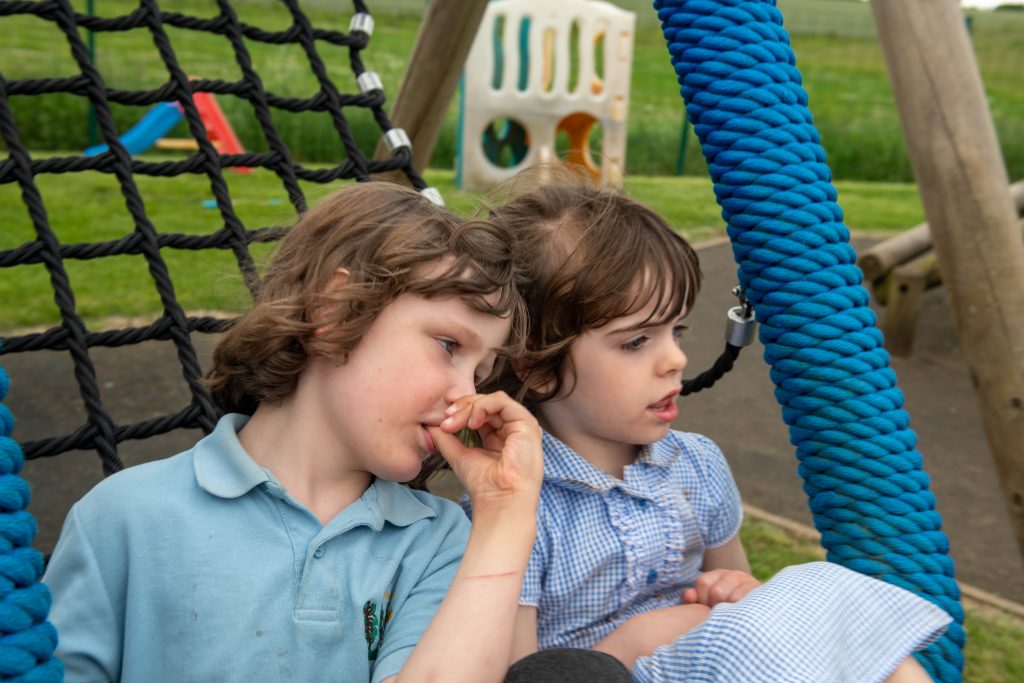Those responsible for school admissions are the gatekeepers to inclusion
Carline Barlow and Simon Smith outline the current landscape for inclusion in mainstream schools and, because of its accuracy, it makes for uncomfortable reading…
This views I actually echoed by the SEND Green Paper which suggests 94% of local authorities said that resistance from some schools to admit or retain pupils with additional needs happened occasionally or regularly.
The current system is not working.
Young people with an EHCP have a different admissions process to those without – A deficit model of admissions.
The SEND Green Paper does outline a proposed change to naming a school within an EHCP – It should go further.
The current proposal is to give parents a tailored list of settings that are appropriate to meet the child or young person’s needs. The LA will then allocate the first available place in order of preference.This school will then be named in the EHCP.
I believe that:
– Every child is important and valuable
– Every person, at some time or other, needs the support of others.
Therefore, I propose that this system should be expanded to include ALL pupils.
This would mean that:
– Special schools would be able to welcome pupils that would typically attend mainstream.
– Mainstream schools would be able to welcome pupils that would typically attend special schools.
There would no longer be special schools and mainstream schools. There would just be ‘schools’. Instead of categorised as ‘mainstream’ or ‘special’ – each school would be self-placed on a continuum.

This would enable an EHCP to focus on need and provision rather than placement and would allow all parents a greater choice.
There should be identification of ‘universal need’ (or similar) as an indication that the school is able admit pupils who would typically be educated in mainstream schools.
As Ben Newmark and Tom Rees identify in their paper ‘A Good Life’, often, a young person just needs the right expert input, not a label of SEND.
I realise that there are many schools with enhanced resource provisions. Let’s build on this.
Let’s also open up ‘special schools’ to make truly inclusive environments. Rosalind Hopkins, Executive Headteacher at Birch wood School is an ambassador for this model and has some interesting ideas.
I’m not advocating for all pupils in one classroom. I’m advocating for all pupils in one school.
There is a difference.
Given the right funding and leadership, brave schools will embrace the opportunity to look, and be, different from the ‘norm’.
There are implications for curriculum…
There are implications for funding…
There are implications across the board…
Language, funding, legality and training are particularly important and will undoubtedly be a source of excited debate.
We constantly chew over how we can incrementally create a truly inclusive education system. The stumbling block in implementation, for me, was always admissions (see above).
Phil Leaney